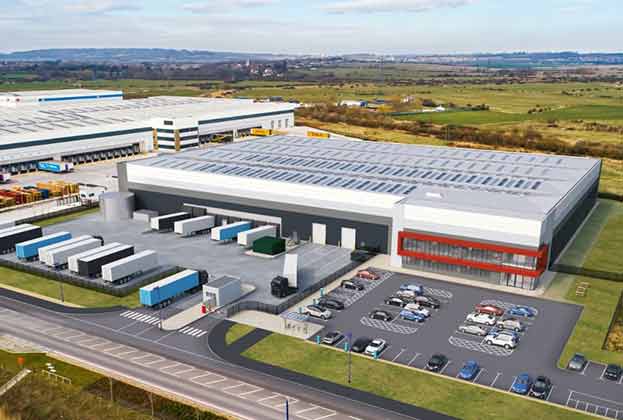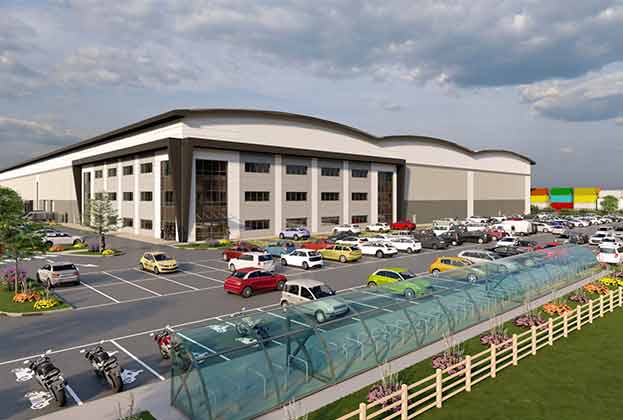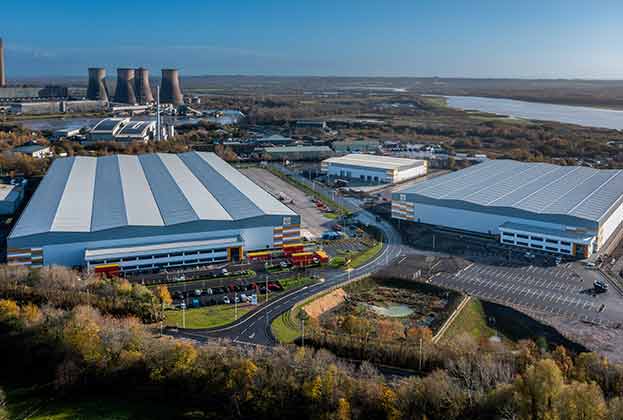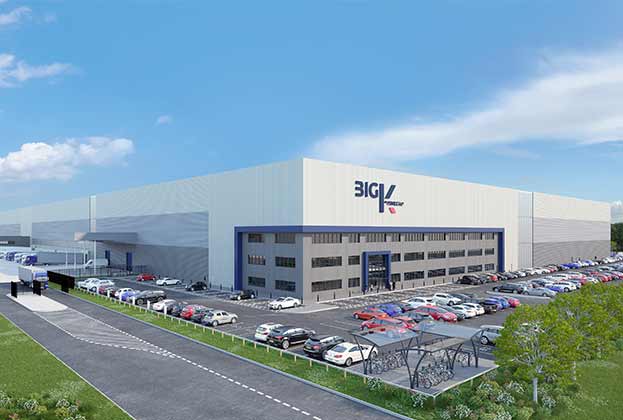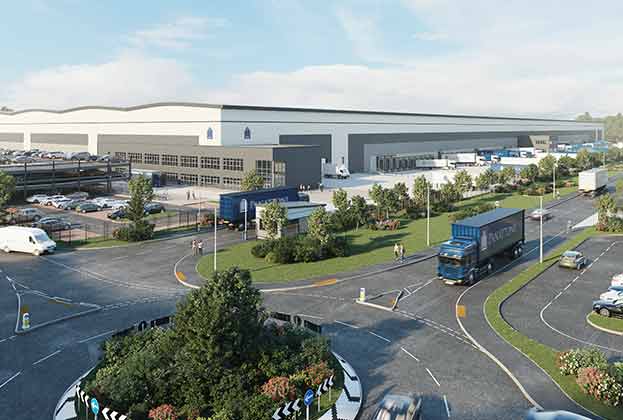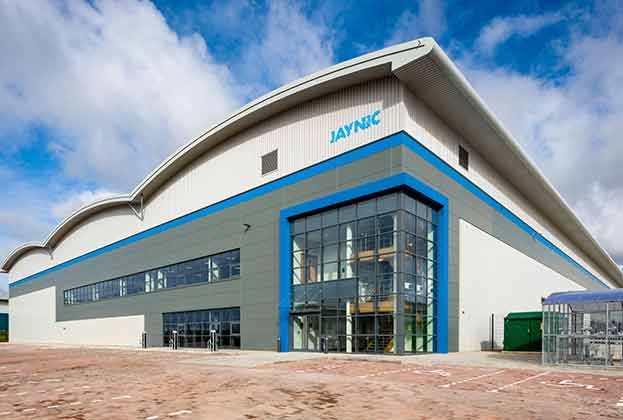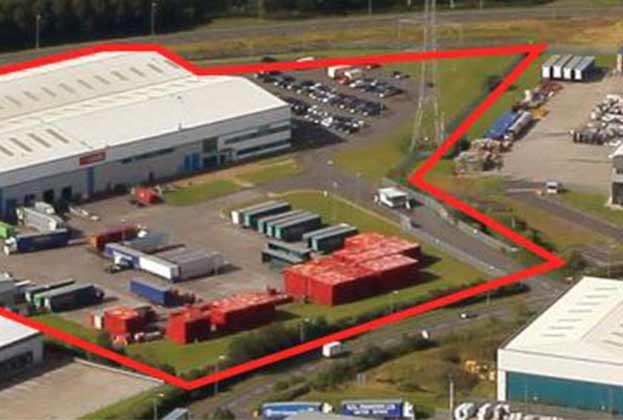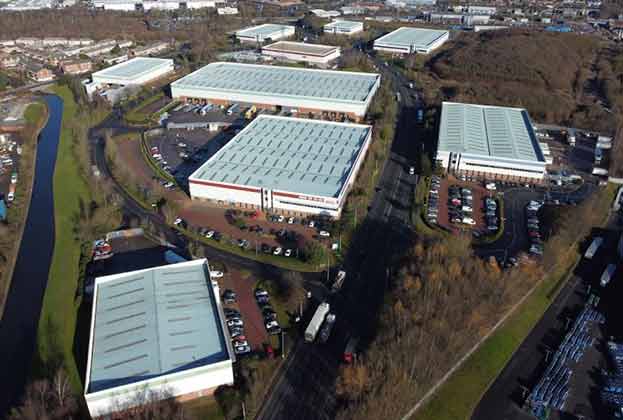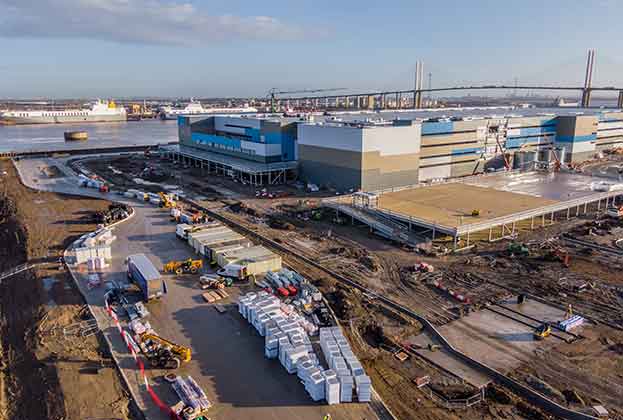3PLs have targeted the West Midlands to lead UK expansion
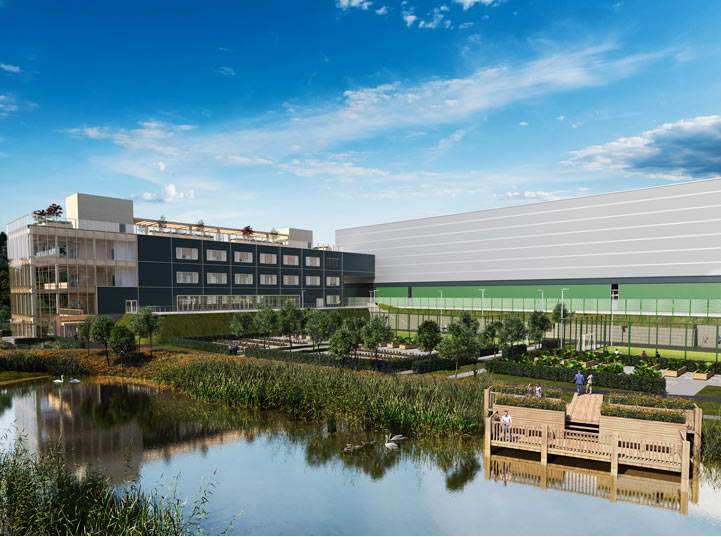
Baytree Nuneaton, where Baytree, advised by Savills, is delivering over 1m sq ft for Rhenus
Take-up in 2022 has been robust, reaching 7.43m sq ft across 28 transactions. Although a decline on 2021, we have seen demand stem from a range of sectors, which has kept the level of supply low. The vacancy rate stands at 3.06%, which continues to push prime rents higher in the region
Ranjit Gill, Director, Birmingham
Supply
The level of supply within the region currently stands at 2.87m sq ft across 11 units, representing a 23% increase from this time last year. Using the three-year average annual take-up, there is just 0.36 years’ worth of supply in the West Midlands.
Of the available stock, 21% is Grade A speculatively developed space, 55% is Grade A second-hand space, 4% is Grade B space, and 20% is Grade C space. It is worth questioning the suitability of the Grade C stock for modern logistics operations, as just 8% of take-up over the last two years has been for Grade C units.
Analysing the vacant stock by size shows there are six units available within the 100,000–200,000 sq ft size band, a single unit within the 200,000–300,000 sq ft size band, two units within the 300,000–400,000 sq ft size band, a single unit within the 400,000–500,000 sq ft size band, and a single unit over 500,000 sq ft.
With the current supply and demand dynamics, we continue to expect that rental growth will exceed the 4% forecasts per annum by RealFor in the next five years.
Take-up
Take-up in 2022 has reached 7.43m sq ft across 28 transactions, a 58% rise above the long-term average. Despite a slight decline in activity in 2022 compared to 2021, the average deal size has remained on an upward trajectory, reaching 265,436 sq ft in 2022.
Occupier demand continues to revolve around better quality space, with 47% being built-to-suit in 2022, 21% speculatively developed space let prior to practical completion, 6% new speculatively developed space, and 26% second-hand. Analysing take-up in terms of grade shows 83% of space transacted was Grade A, 10% was Grade B, and 7% was Grade C.
Deal counts demonstrated the preference towards smaller units, as 57% of deals were recorded within the 100,000–200,000 sq ft size band, 18% within the 200,000–300,000 sq ft size band, 11% within the 300,000–400,000 sq ft size band, 3% the 400,000–500,000 sq ft size band, and 11% over 500,000 sq ft.
Manufacturers and the automotive sector have historically dominated take-up in the West Midlands; however, in recent years, we have seen a sustained shift to a more diverse range of occupiers. In 2022, 3PLs accounted for 56% of the total take-up, the ‘other’ sector 16%, and manufacturers 11%.
Development pipeline
There are 13 units currently under construction within the West Midlands, totalling 2.59m sq ft. There are eight within the 100,000–200,000 sq ft size band, two within the 200,000–300,000 sq ft size band and three within the 300,000–400,000 sq ft size band. A large proportion of these units have strong interest, but should they add to the vacant stock after PC, the vacancy rate would rise to 5.9%, which is still below the long-term average of 5.98%.
Read the articles within Big Shed Briefing below.
.jpg)
